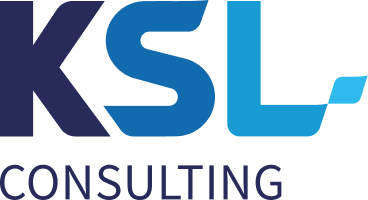The State of the Workforce
To better understand organizations’ efforts to adapt and the challenges they face, BCG surveyed executives worldwide about their views on the future of work. Across 12 dimensions in four categories, we asked executives which dimensions they consider most important and how prepared their company is on each. We then looked at the differences between organizations with mostly office-based workers and those with primarily frontline workers who need to be physically present for their jobs. (See “The Survey.”)
The Survey
Two findings, in particular, stand out. Employers are not as prepared as they want to be in developing generative leaders—the type of leaders who inspire employees and create an environment in which they can do their best work. And they are failing to provide continuous learning opportunities—those that incorporate upskilling and reskilling into employees’ work every day.
Additional highlights from our findings include the following:
Attracting and retaining employees are among the top motivators for organizations of all types to support workplace initiatives. Leaders consider these reasons even more important than improving productivity, keeping up with competitors, and increasing cost effectiveness.
Organizational leaders are relatively satisfied with the recent improvements they have made in their employee value proposition.
Companies with primarily office-based workers tend to lag organizations with predominantly frontline employees in creating a purpose-driven culture.
Companies with predominately frontline workers aren’t meeting their goals to become adaptive organizations or to implement new and diverse talent models.
Encouraging employees to return to the office is the biggest challenge for organizations with mostly office-based workers. These businesses are using social events, flexible hours, and perks such as free food and drinks to entice people to come back.
Finding and retaining enough workers are the greatest challenges for employers with a predominantly frontline workforce. About 40% of these organizations have increased the flexibility they offer frontline workers, and another 28% plan to do so in the coming year. The vast majority (79%) also say that improving frontline-manager development is a top priority in the short term.
CEOs continue to supplant chief human resource officers (CHROs) as the primary drivers of initiatives related to future work models, an indicator that talent management and the effectiveness of work models have become integral to organizations’ broader strategic plans.
The slideshow offers further insights into the current state of workforce readiness, including the other motivators that are compelling companies to make changes, the key gaps in future readiness by industry, and the incentives that employers of office-based and frontline workers are offering to find, retain, and engage people.
Taking Steps to Make Work Work
Given the tremendous disruption to traditional ways of working that arrived with the pandemic and the speed with which generative AI is transforming the day-to-day reality of work, leaders must urgently consider how to make work function more effectively for their organization and their people. Taking steps to implement the right work-related initiatives can help address the obstacles that may be blocking progress.
Invest in changing employee behavior. Many companies spend hundreds of millions of dollars upgrading their technology. But when they need to change how people work, they may issue a memo or create a new policy. If only it were that simple to alter behaviors. In fact, changing behaviors is arguably the harder of the two undertakings. People do not typically think and act in a linear manner or react to prompts in the way that a software application would.
Bringing about real behavioral change requires significant investment in developing new and upgraded capabilities. Such investments would, for example, fund communications to articulate the required changes and embed new behaviors into upgraded operating models, people processes, and tools. Some of these investments could be to bring continuous learning into people’s daily work and to offer leadership coaching.
Improve the talent proposition. C-suite executives in our survey identified attracting and retaining talent as among their top motivators for investing in initiatives that make work more effective. They chose these factors despite the arrival of generative AI and their awareness of its potential risks and opportunities. Talent issues even trump concerns about competitiveness.
To address talent issues, organizations are offering more flexibility in where and when people can work, compared with what they have offered in the past. Next, companies need to approach their employees much like they approach their customers: by digging into what people want and need and crafting employee value propositions that satisfy both.



